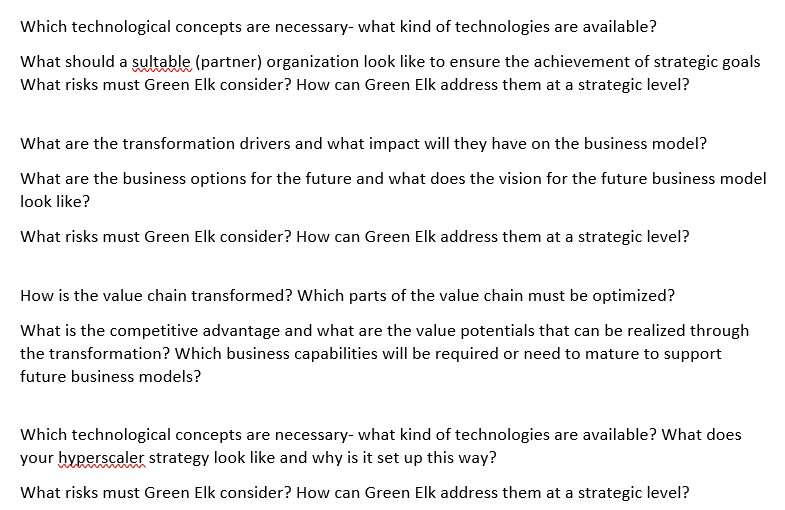The rationale and implication in this combination are well-defined because they both support the principle of using packaged solutions in a standard way. The rationale explains the benefits of using packaged solutions, while the implication outlines the steps that need to be taken to ensure that packaged solutions are used in a standard way.
According to the SAP Enterprise Architecture Framework, which is a methodology and toolset by the German multinational software company SAP that helps enterprise architects define and implement an architecture strategy for their organizations, a principle is a general rule or guideline that expresses a fundamental value or belief, and that guides the design and implementation of the architecture. A principle consists of four elements: a name, a statement, a rationale, and an implication. The name is a short and memorable label that summarizes the principle. The statement is a concise and precise description of the principle. The rationale is an explanation of why the principle is important and beneficial for the organization. The implication is a description of the consequences or impacts of applying or not applying the principle.
The principle in option D is:
Name: Use packaged solutions, in a standard way.
Statement: Buy packaged solutions that support our business requirements and use them in a standard way.
Rationale: Process and solution will be simplified by using packaged software in a standard way. Adherence to standard will allow better maintenance and lower the total cost of ownership. Increase the capability to adopt technology innovation.
Implication: In case custom developments are required, adhere to defined best practices, standards, and guidelines (extensibility concept, side-by-side extensions). Reuse before buy, before build. Enable easier transition to the cloud in the future.
This combination of rationale and implication is well-defined because it clearly and logically explains the benefits and consequences of following or not following the principle. The rationale shows how using packaged solutions in a standard way can simplify the process and solution, reduce the cost and effort of maintenance, and increase the ability to adopt new technologies. The implication shows how custom developments should be minimized and standardized, how reuse should be preferred over buying or building new solutions, and how cloud readiness should be considered for future scalability.
The other options (A, B, C) are not correct for the combination of rationale and implication that is well-defined because they either mix up or confuse some of the elements of the principle. For example:
Option A is not correct because it mixes up the rationale and implication elements. The first sentence of the rationale (''Process and solution will be simplified by using packaged software in a standard way'') is actually an implication of following the principle, not a reason for following it. The first sentence of the implication (''Reuse vendor and industry best practices, reference architectures and pre-delivered content'') is actually a rationale for following the principle, not a consequence of following it.
Option B is not correct because it confuses the rationale and implication elements. The first sentence of the rationale (''In case custom developments are required, adhere to defined best practices, standards, and guidelines (extensibility concept, side-by-side extensions)'') is actually an implication of following the principle, not a reason for following it. The first sentence of the implication (''Process and solution will be simplified by using packaged software in a standard way'') is actually a rationale for following the principle, not a consequence of following it.
Option C is not correct because it confuses the rationale and implication elements. The second sentence of the rationale (''Adherence to standard will allow better maintenance and lower the total cost of ownership'') is actually an implication of following the principle, not a reason for following it. The second sentence of the implication (''Reuse before buy, before build'') is actually a rationale for following the principle, not a consequence of following it.








